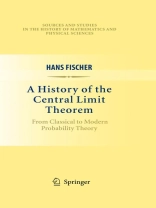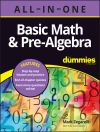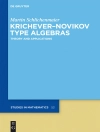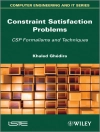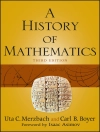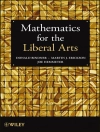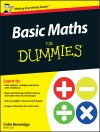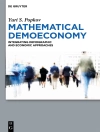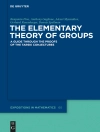This study discusses the history of the central limit theorem and related probabilistic limit theorems from about 1810 through 1950. In this context the book also describes the historical development of analytical probability theory and its tools, such as characteristic functions or moments. The central limit theorem was originally deduced by Laplace as a statement about approximations for the distributions of sums of independent random variables within the framework of classical probability, which focused upon specific problems and applications.
Making this theorem an autonomous mathematical object was very important for the development of modern probability theory.
Spis treści
Preface.- Introduction.- The central limit theorem from laplace to cauchy: changes in stochastic objectives and in analytical methods.- The hypothesis of elementary errors.- Chebyshev’s and markov’s contributions.- The way towards modern probability.- General limit problems.- Conclusion: the central limit theorem as a link between classical and modern probability.- Index.- Bibliography
